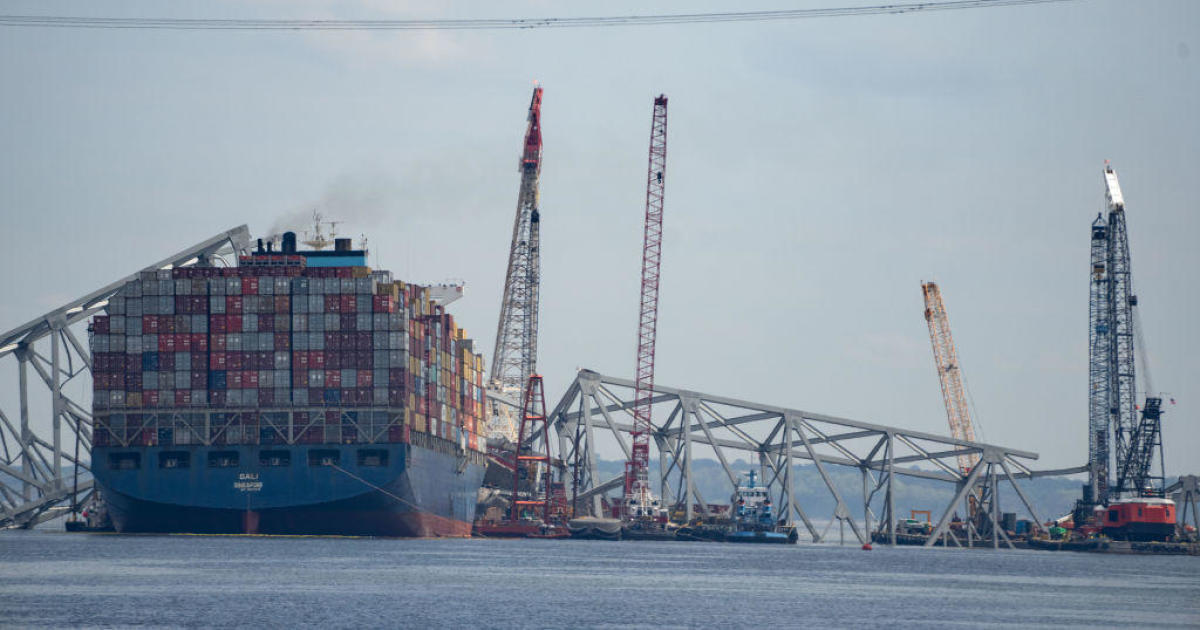Baltimore Looks To Redraw Lines Of Police Districts, Solicits Public Feedback
BALTIMORE (WJZ) -- Baltimore is beginning the process of redrawing the police department's districts for the first time in decades, aiming to deploy officers in a more efficient way that reflects years of demographic changes and crime trends.
Mayor Brandon Scott said the department's nine districts have not undergone significant boundary changes since 1959.
"Our city is not the same place that it was then, when those boundaries were drawn -- population, workload, crime trends, even individual neighborhoods have changed dramatically over those past decades," he said.
According to the most recent census data, Baltimore's population has dropped to 585,708 residents. In 1960, it was 939,024 people, according to the federal tally. Some neighborhoods have grown in that time, while others are now home to some of the city's estimated 15,000 vacant homes.
Under the redistricting plan, neighborhoods would still be kept together but aligned in a way that balances the workload of officers and allocates resources for "smarter policing," city officials said in a news release.
Police Commissioner Michael Harrison said violent crimes, calls for service, population changes, workload assessments and other factors will be considered when the city draws the new lines for the police districts.
He said the changes could also help officers respond to crime faster, allow districts to increase deployments and engage with community organizations, and save the department money.
In 2019, the Maryland General Assembly passed legislation, SB 39, requiring the city and police commissioner to adjust the boundaries of the police districts after each decennial census. The most recent count was completed in October 2020.
Action was required in the legislature because the Baltimore Police Department is -- at least for the time being -- a state agency, an arrangement that dates back to 1860, when the assembly seized control of the agency after the Know-Nothing Party "took complete political control" of the city and "was abusing its power," according to research from the Abell Foundation.
It wasn't until 1976 that the mayor of Baltimore was given the power to hire and fire the city's police commissioner.
During the 2021 session, the Maryland General Assembly passed a bill that would return control of the department to the city for the first time since the outset of the Civil War.
The legislation also created the Local Control Advisory Board to identify potential issues and make recommendations on the transfer of power. A final report from the board is due Dec. 1.
Baltimore City voters must approve a charter amendment to finalize the handover. A spokesperson for Scott said the mayor still has the goal of meeting the Aug. 5 deadline to have the question placed on the ballot for the 2022 general election.
Harrison said new districts are one of several steps to modernize the department. Last month, city officials announced the Baltimore Police Department would begin hiring civilian investigators and filling other positions with hires who don't have police powers in an effort to free up more sworn personnel.
The agency is seeking public feedback as it looks to draw new boundary lines. A form can be found on the BPD's website.



